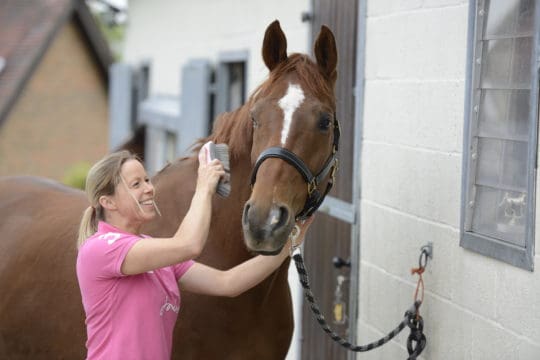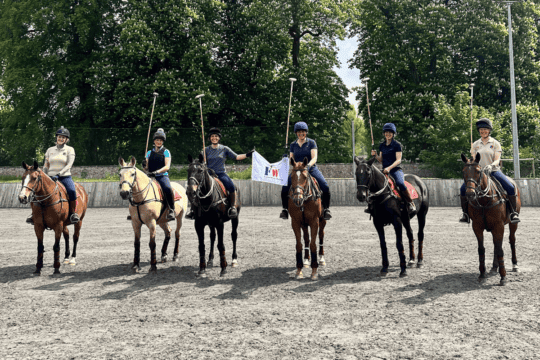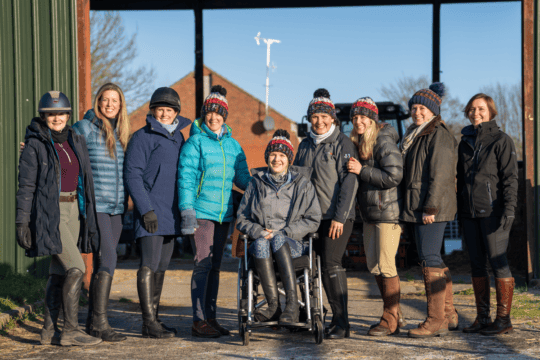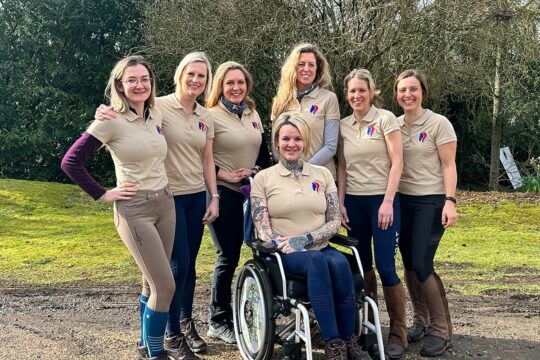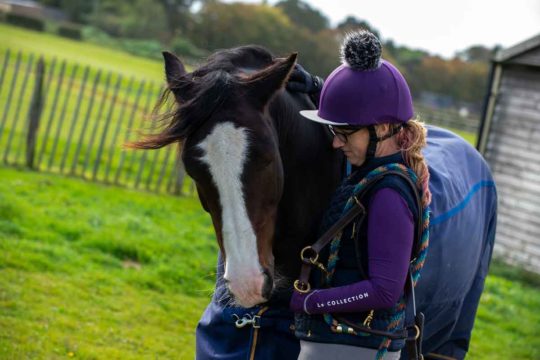
Most Read Articles
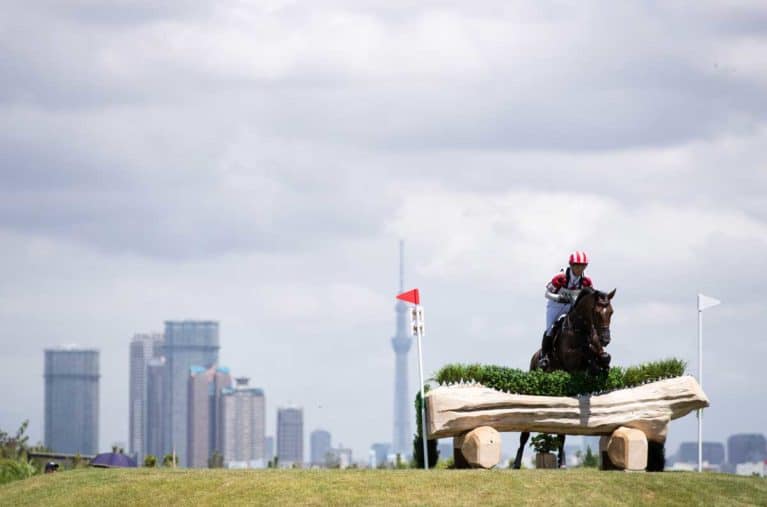
With the Tokyo Olympic Games underway, find out what the leading course builders have planned for the athletes
Santiago Verela had a quick turnaround from CHIO Rotterdam to turn his attention to Tokyo. Not only a world-class course builder, he’s also the CEO of a renewable energy company. He says: “I’ll fly to Tokyo on 21 July and arrive on the 22 and will start work immediately. The 1 August is the jumping phase of eventing and the last day I build will be 7 August. So, in one month I’ll be free – and the happiest man in the world because I’ll have fulfilled a dream!”
Verela competed as a teenager and made his name in course design through the Madrid Horse Show, where he was Assistant Course Designer until 1998. He’s learnt a few tricks of the trade through the years and has developed his philosophy through experience. “The course always needs to be fair for the horses,” he comments. “The modern horse is very clever, and they’re super athletes, but they need to be protected, so we must always build a course that they can jump well.”
He explains that good course design is all about maintaining the horse’s canter. “It’s fundamental,” he says. “The only way to play with the balance of the horse. Legendary German course designer Arno Gego defined it well – ‘you find your line and the horses need to flow’. It’s only when you understand this that you can progress to becoming a top course designer. If you don’t allow horses to keep their canter and rhythm and flow through the course, then they can’t jump the big fences.”
Irishman Alan Wade, who designed the jumping courses at the FEI World Equestrian Games at Tryon in 2018, takes a different approach – although his principles still ring true: “Course design has improved immensely, and nowadays everything we do has the safety of the horse at the forefront. I make courses that are fair for the horse and testing for the riders.
“When I started out there were no safety cups, the poles were heavy, and a lot of the fences filled in. Maybe you needed a braver horse back then, but the sport has moved on. Personally, I’m still looking for that boldness, using trees or nice fillers but still looking for carefulness.”
Alan always promotes a mixed approach throughout the course, too. “All top courses should have different tests all around it, parts that might suit a smaller horse or one with a longer stride,” he explains. “The overall test should be a mixture of a whole lot of different tests, so when the rider walks the course, he needs to work out what will and won’t suit his particular horse at various points around the track.”
Meanwhile, Mike Etherington-Smith has produced horses, been a competitor, a technical delegate, event organiser and administrator – although these days he’s known as one of the most sought-after cross-country designers in recent years. “We don’t have to be smart as course designers, we don’t need to over-complicate things,” Mike says. “You put your test out there so that horses learn and grow from the experience of tackling it. No tricks, and no surprises – fences need definition and contrast so the horse knows exactly what he’s being asked to do”.
Like Alan, Mike recognises the changes within the sport: “Horses still have to be athletic and nimble, but today’s courses are more intense and more technical because big, bold fences stopped being good enough to sort them out.”
For more information, visit fei.org

